
Fridge René Descartes, Cogito, Ergo, Sum
What's the origin of the phrase 'Cogito ergo sum'? Possibly the best known of all philosophical quotations; this is from the French philosopher René Descartes in Discourse on Method, 1637, where he attempted to prove his existence as a thinking being, by thinking.'I think, therefore I am' comes to us in English via two translations.
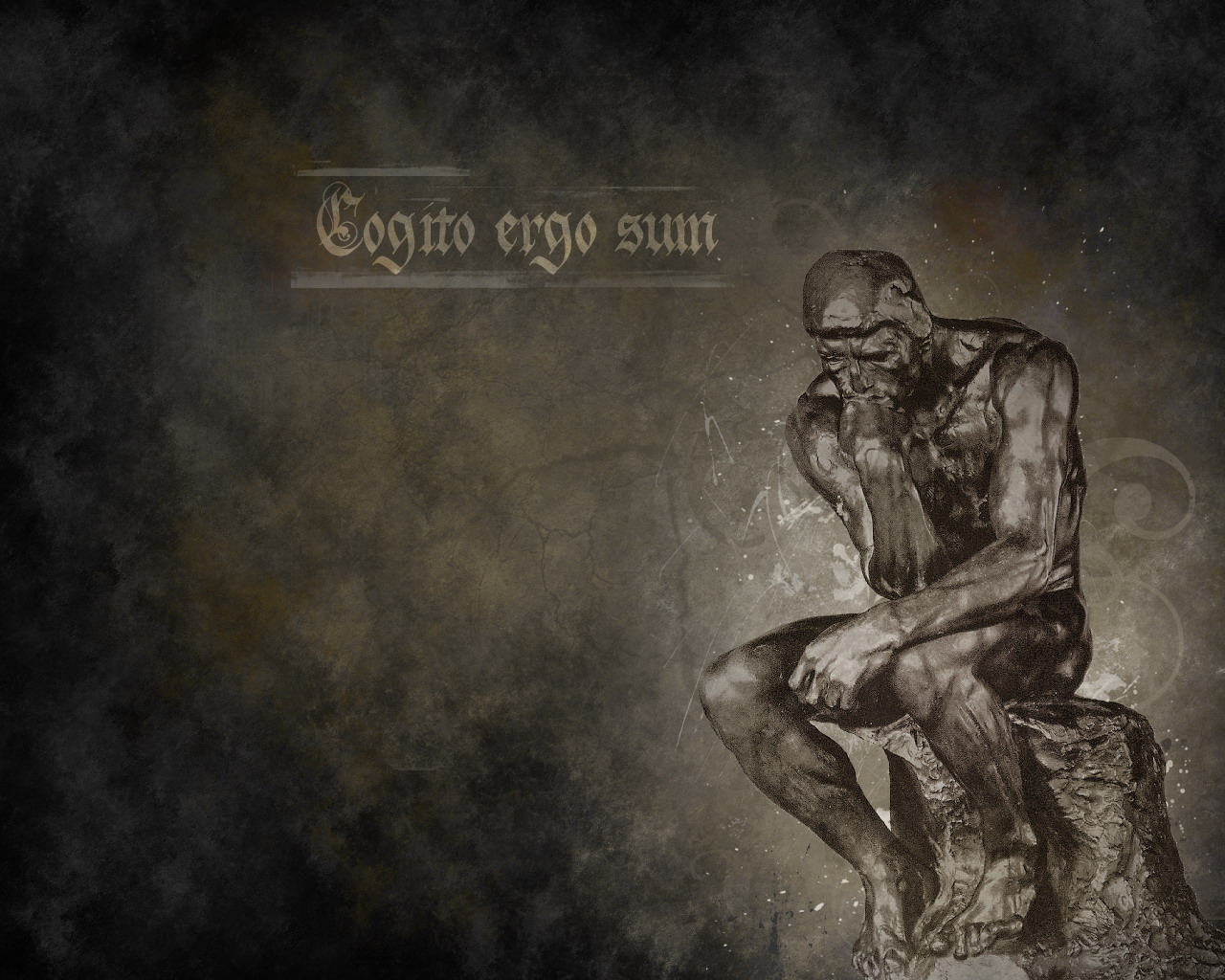
Cogito Ergo Sum by Mrakoslava on DeviantArt
Modern philosophy was born into distinct self-consciousness in Bacon and Descartes: Bacon, the founder of empiricism or empirism, and Descartes, the founder of rationalism. The current chapter discusses modern philosophy including Descartes' statement: "Cogito, ergo sum" ("I think, therefore, I am").

Cogito ergo sum cosa significa e chi lo ha detto? Studenti.it
By Jack Maden | October 2023 9-MIN BREAK P erhaps Western philosophy's most famous statement, "I think, therefore I am" is actually a rather confusing translation of its Latin original, cogito ergo sum. A clearer translation might be, "I am thinking, therefore I exist."

Pin su Quotes
Britannica.com: Encyclopedia article about cogito, ergo sum Love words? Need even more definitions? Subscribe to America's largest dictionary and get thousands more definitions and advanced search—ad free! Merriam-Webster unabridged The meaning of COGITO, ERGO SUM is I think, therefore I am.
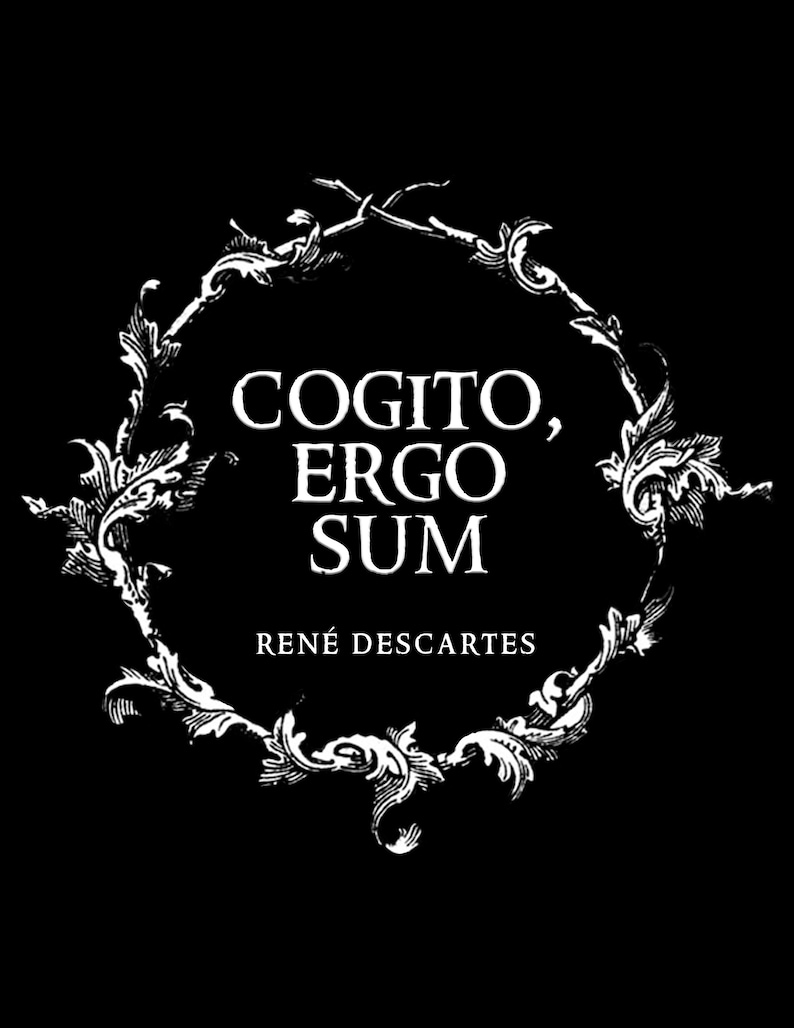
Cogito Ergo Sum Quote René Descartes Literary Poster / Etsy
cogito, ergo sum]—is the first and most certain of all to occur to anyone who philosophizes in an orderly way. 2. 2. The special status of cogito-type beliefs or claims. Some epistemological concepts: 3. i. Indubitable: A person S's belief that p is indubitable if and only if S cannot doubt p. ii. Self-verifying: If S asserts p, then p is.
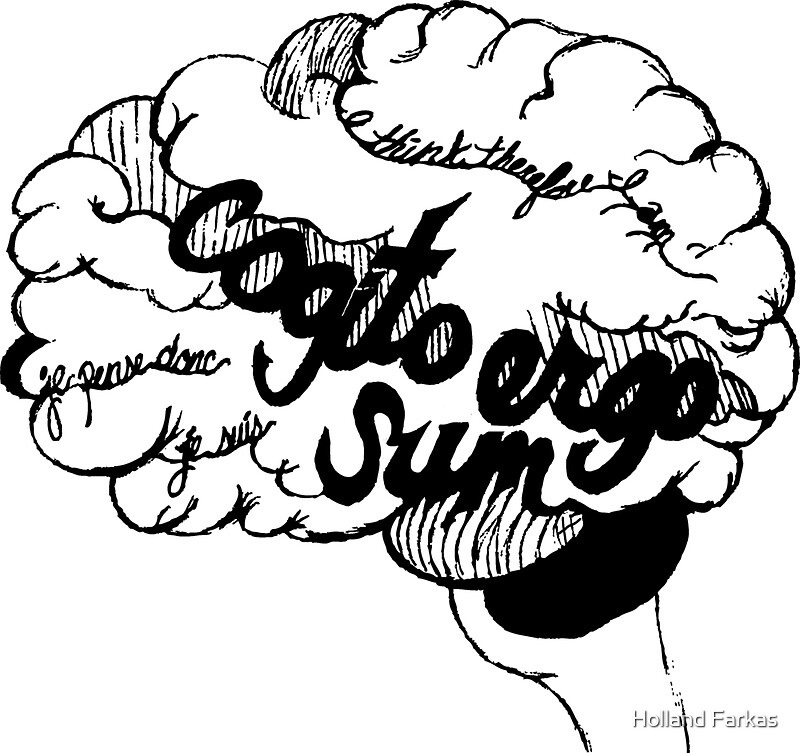
"Cogito Ergo Sum" Stickers by farkland Redbubble
" Cogito, ergo sum " (Latin: "I am thinking, therefore I exist," or traditionally "I think, therefore I am") is a philosophical phrase by René Descartes, and it is a translation of Descartes' original French statement: " Je pense, donc je suis, " which occurs in his Discourse on Method (1637).

Cogito Ergo Sum TShirt The Partially Examined Life Philosophy Podcast
The Cogito and Doubt 4.1 Cogito Ergo Sum. Famously, Descartes puts forward a very simple candidate as (what CSM translate as being) the "first item of knowledge [cognition]" (Med. 3, AT 7:35, CSM 2:24). The candidate is suggested by methodical doubt - by the very effort at thinking all my thoughts might be mistaken. Early in the Second.
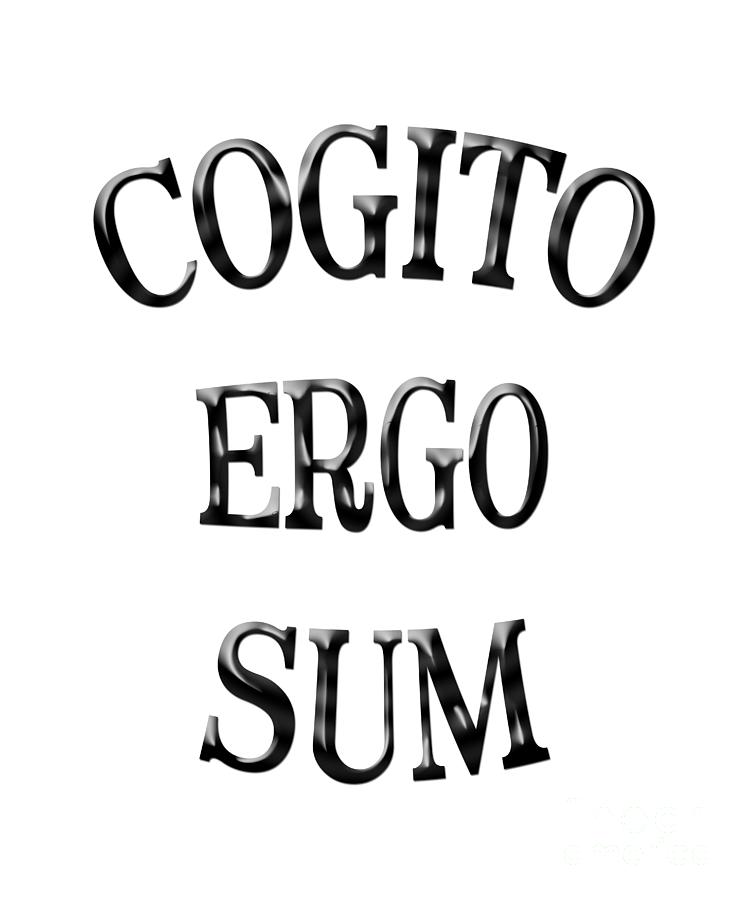
Cogito Ergo Sum by Rene Descartes Digital Art by Arkitekta Art
This is where "cogito ergo sum" starts to come in - we can doubt many things, but we cannot doubt that we think. After all, even doubting is a kind of thinking. "Cogito ergo sum" is, for this reason, a fundamental element of Descartes' philosophical method. This method aimed to establish a firm and indubitable foundation for knowledge.
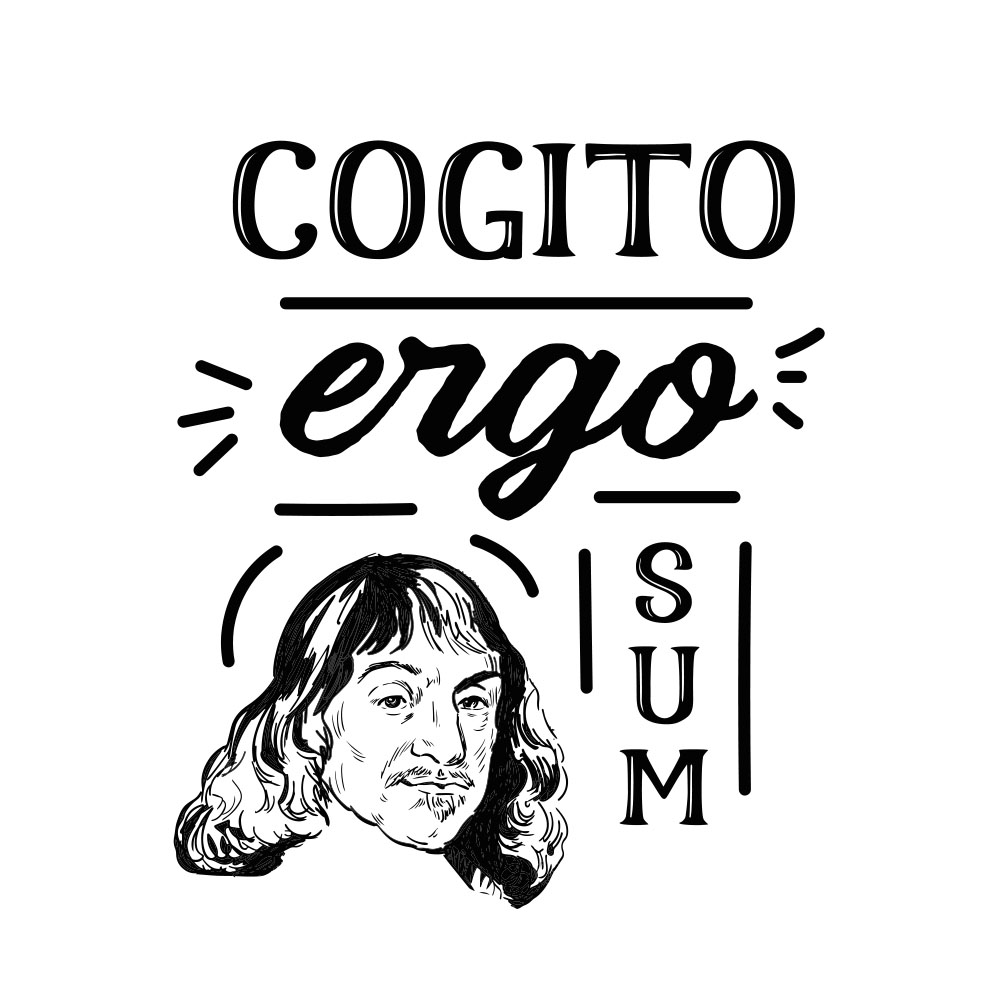
Cogito Ergo Sum tshirtgeek
Principles of Philosophy In the 1620's, René Descartes worked on a metaphysical piece on the existence of God, nature, and soul as well as tried to explain the set of parhelia in Rome. He combined both in the work Treatise on the World, which consisted of three parts. Only two of these, The Treatise of Light and the Treastise of Man survived.

"Cogito ergo sum TShirt Sticker" Sticker for Sale by stickersandtees Redbubble
Cogito ergo. Sum. Descartes and Hume share at least one fundamental philosophical belief, and that is the proper mindset required in order to begin philosophizing in an orderly manner. Each holds that, once this mindset is achieved, the reader will readily accept the procedures and conclusions that follow.

Cogito ergo sum...
This Latin statement, made by René Descartes, forms the basis for his rejection of metaphysical skepticism, the doctrine that nothing can be proven to have a real existence: If he (i.e., Descartes) thinks, then he must exist, and if he exists, the doctrine is wrong, leaving open the possibility of the existence of other beings and things. See.

Cogito ergo sum Kura Harabura
cogito, ergo sum, (Latin: "I think, therefore I am) dictum coined by the French mathematician and philosopher René Descartes in his Discourse on Method (1637) as a first step in demonstrating the attainability of certain knowledge. It is the only statement to survive the test of his methodic doubt.

PPT “Cogito Ergo Sum” PowerPoint Presentation, free download ID3113503
This disposes of the evidence supposed to support the denial that the cogito is an inference.19 Hintikka thinks that Gassendi's argument that we can also say that ambulo ergo sum is as "good an inference"20 as cogito, ergo sum makes the interpreta- tion of Descartes's cogito as an inference suspect. I do not see that this is so.

Cogito Ergo Sum I think therefore I am Nerd Latin
Cogito Ergo Sum, or "I Think, Therefore I am", in the Meditations Portrait of René Descartes by Frans Hals, circa 1649-1700, via Wikimedia Commons. Descartes spends much of the first part of the Meditations establishing how and why everything we assume to be true can be doubted.

Wall sticker Cogito Ergo Sum
Cogito, Ergo Sum: The Life of René Descartes. Richard Watson. David R. Godine Publisher, 2007 - Filosofie - 375 pages. Rene Descartes was a highly influential philosopher, mathematician, and scientist and is regarded as the Father of modern philosophy and mathematics. This is the biography of Descartes, and it describes the life of Descartes.

"Cogito Ergo Sum" Poster for Sale by criangulien Redbubble
Cogito Ergo Sum from ENTRIES Published online by Cambridge University Press: 05 January 2016 By Lex Newman Edited by Lawrence Nolan Chapter Get access Cite Summary "I think, therefore I am" is the popularized formulation of Descartes' famous cogito ergo sum (hereafter, " cogito ").